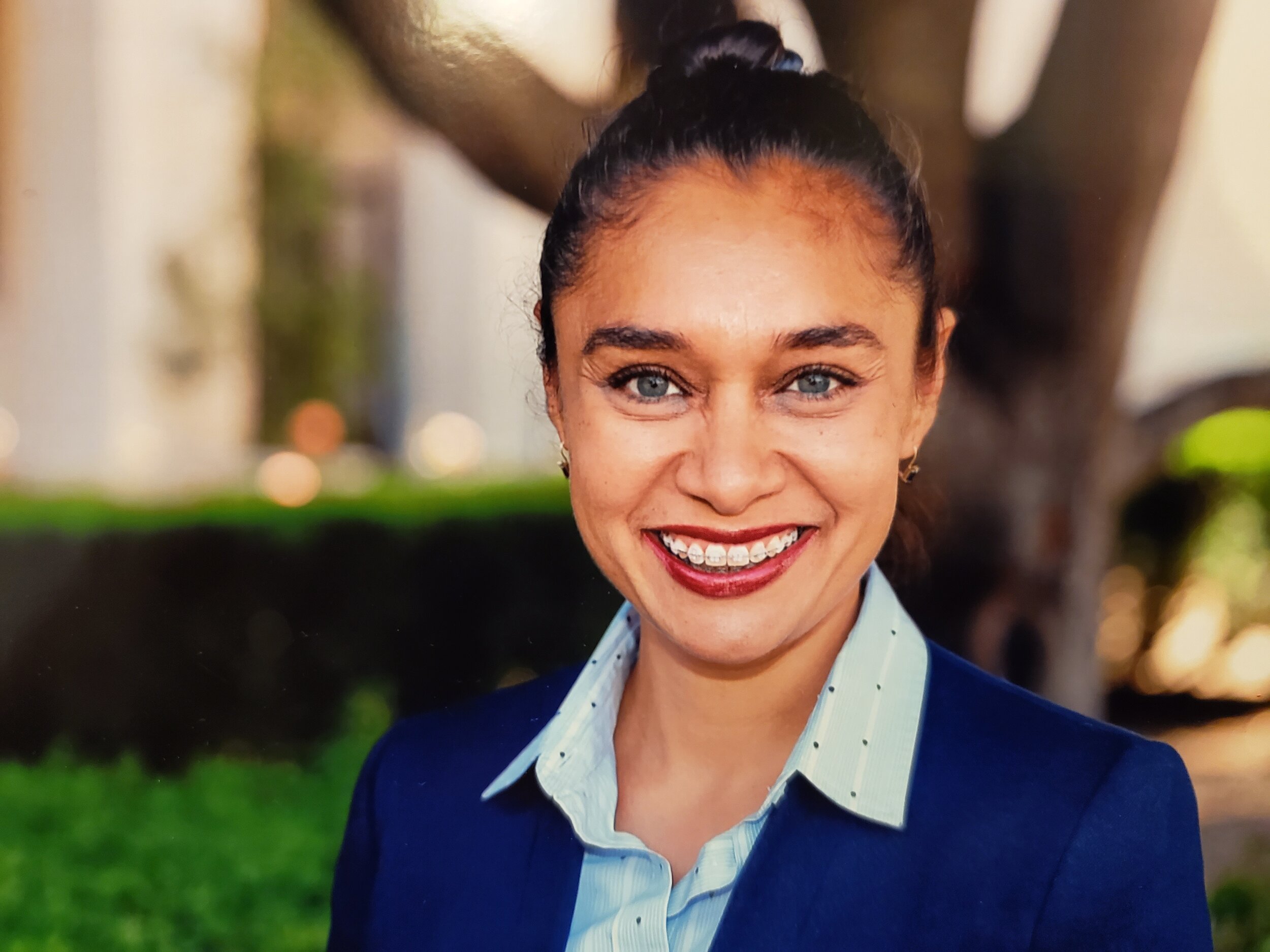Susana Porras is a poet, writer, and community organizer. In 2010, she was named one of The Magazine’s 50 Women of Influence for her dedication to effecting innovative ways of rebuilding neighborhoods in her hometown of Pasadena, California.
Susana has traveled extensively throughout Europe and Central America, putting down roots in both the South of France and Guatemala. She is fluent in both French and Spanish.
Susana earned her M.A. in sociology and a second B.A. in French at California State University–Los Angeles.
Her love of learning has given her an appetite for cultural appreciation and an understanding of social nuances, creating a lifelong traveler and chronicler of adventures both at home and abroad.
Book Blurb: To Compostela and Beyond! A Poet’s Chronicle of the Camino de Santiago
Traveling the Camino de Santiago with my 73-year-old father was a life-changing journey filled with awe-inspiring scenery, spiritual awakening, and lots of café con leche.
Come with us as we travel physically, spiritually, and historically along this 500-mile Camino. Take in the scenery, learn about its 1,000-year history of clerics and kings, and of course, don’t forget to stop and savor the tortillas.
I am the district liaison for council member John Kennedy in District 3 in Pasadena.
I did. My parents are from Guatemala and came here in the 70s. One thing that I always think about is how lucky I am that my parents ended up here in Pasadena.
My parents came here because there was a civil war in Guatemala. Many of my father’s friends began dying during this time.
Thankfully, one of my father’s distant cousins asked why he didn’t come to the United States. My father didn’t think twice about it.
I didn’t learn about it until a couple of years ago. Even then, my father only briefly spoke about it.
I was very taken aback that my parents came here out of fear of losing their lives.
All of my family is still there. When I was 11, I used to go there every summer for about a month. I did that for eight years. It’s a very beautiful and diverse country.
There is a very large population of Guatemalans in District 5, in Los Robles and Orange Grove.
A lot of them are indigenous that are coming from the town of San Marcos, Guatemala.
You see a lot of them, and you can actually tell by their accent. They’re actually not fluent in Spanish. They speak their own dialects. There are twelve recognized dialects (and many more that aren’t recognized) in Guatemala. That’s their first language, and they learn Spanish later.
My father placed a lot of emphasis on me growing up American, and I grew up in a very American neighborhood.
I didn’t really have the Latino experience until I was older, but my parents did place an emphasis on me learning Spanish. So, Spanish was my first language, and then I learned English.
To a certain extent, I grew up in a bubble. I was very protected from a lot of things. Gangs, drugs, and violence seemed like myths to me.
It wasn’t until I was 23 when I graduated from college and started working in an alternative education school in Pasadena. My students were fresh out of juvenile detention, and it opened my eyes to another world in Pasadena.
Well, I bought my first house in Northwest Pasadena. My street had a lot of crime, prostitution, and violence. I could hear the bullets whizzing by.
One time, the police were chasing someone, and the gentleman dropped the gun in my front yard.
At the time, I was going to school for my Master’s, and I thought, “It would get better.” But things kept getting progressively worse.
Finally, I hit my limit when one of the houses on my street sold, and the lady who moved in was pregnant and had a toddler.
I made a flyer, knocked on all 59 doors in the neighborhood, and found out everyone was as worried as I was.
I did, and I worked with the Pasadena Police Department. They walked me through the steps to do this. Back then, there was an office called Neighborhood Connections, and through working with them and the Pasadena Police, we were able to set up a neighborhood watch meeting where 40 people showed up.
It blew me away, and it blew the police department away.
It took about eight years for the transformation to take place, and now you can drive down the street and see kids playing in the front yards.
You have a person who is the neighborhood watch contact. And what the contact does is collect the names and phone numbers of people who want to participate.
I coordinate the list every couple of years and pass it out to those in the group. If we do see something suspicious, we’ll call the police department and then call the neighbor.
The neighbor will then call the police department, too. It helps if more than one person calls because it usually gets a better response.
It was, and I think, the moment the city and the police department got involved was the Halloween massacre in 1994.
Kids were out trick or treating, and three kids got shot and killed. One of the kids was my classmate from my ceramics class. That’s why I remember it so vividly.
The police intervened, and the crime began to decrease, but the most important thing was that the community got involved.
Yes, I wanted the people in the office to care about the people in the community. I feel if there is a strong city and staff and strong politicians and the residents are interested, then it will help the community.
I got offered a temp job in the Jackie Robinson Community Center in 2014 and worked for Neighborhood Connections, and I really believed in it because they had helped me clean up my neighborhood.
Then, the opening became available in Councilman Kennedy’s office, and after a lengthy interview, I got the job.
I brought a watch not because of the watch specifically but because of time. Time is very valuable, and I want to ensure that I make the most of every opportunity.
In 2017, I took a trip with my 73-year-old dad to Europe. While we were there, I told my dad about the Camino De Santiago, a 500-mile Pilgrimage across Northern Spain.
My dad kind of blew it off, but after we had been home for three days, he told me that he wanted to do it the following year.
We had nine months to prepare for the 500-mile Pilgrimage, and I spent that time making plans and getting ready for the trip.
My dad wanted to carry the gear. He carried about twenty pounds of gear, and I had fifteen pounds of gear.
I was very concerned about my dad. He had just come out of surgery a few months before this, but my dad has always been a walker. I was the one that didn’t fair so well. I dealt with blisters and allergies. It was a tough hike.
It took us 32 days to finish the trip.
There’s a place called the Cruz de Fero. You bring with you a burden stone. It’s a stone that has a special meaning that you carry with you from the beginning of your trip. And when you get to the Cruz De Fero, you leave your stone.
While we were there, it was a very special moment, and we were looking at the cross where you leave your stone. No one said a word, and everyone was kind of just standing there.
Then Chris, a gentleman who had been walking with us, said, “Oh no. I think I put my burden stone on the wrong cross.” And we all started laughing, crying, and hugging.
I created a blog, and about two weeks before the trip, I decided to document my trip through poetry. All the Camino blogs that you see say the same thing, but I wanted to tell mine differently.
I came upon a Shakespearean Sonnet, and I thought it would be fun to share my experience in this way, but it started to turn into a bit of a job because it’s really hard to walk and write at the same time.
Throughout this trip, I created 39 sonnets. Lots of my friends said, “You should make this into a book for your friends.” Well, being the type A personality, I added a table of contents, an introduction, a conclusion, an index…etc.
My friends, after seeing it, suggested I send it to a publisher, and to appease them, I sent it to 5 publishers, and one of them accepted it.
So now we’re waiting on the cover, and the book will be released soon.

My 1st recommended place in SGV
My 2nd place recommendation of SGV
My 3rd place recommendation of SGV



